by Texas Homesteader ~
We have many Bois d’Arc trees (aka: Osage Orange trees) on our Northeast Texas property. I guess I’ve always just assumed people throughout the U.S. had them on their property too.
They grow wild here and we have several trees scattered throughout our property.
Isn’t it funny when you’ve lived somewhere all your life you just naturally assume others across the country enjoy all the same stuff you do. Enjoying the same food, seeing the same plants and birds?
But here on my website I’ve been surprised to hear readers say they’ve never seen nor heard of the Bois d’Arc tree. (pronounced bō-ˌdä(r)k).
Bois d’Arc Tree – Useful Wood With a Rich History
When I was growing up we called them Horse-Apple Trees, but they’re also known as Osage Orange or Hedge Apple.
I asked a Master Naturalist about this tree and she shared:
The Bois D’arc tree has many common names including Osage Orange, horse apple, hedge apple and more. This is the tree that native Americans, especially the Osage Indians, preferred for their bows and arrows. This tree was described by French explorers as “Bois D’arc” which means bow wood. Different parts of this tree are used as insect repellent, leather tannin, fence posts, wheel rims, tool handles, etc. The list goes on and on, but the old barns and fences built using this wood are so sturdy, practical and lovely.
PK Kirkpatrick, Master Naturalist
Bois D’Arc Wood For Rot-Resistant Building Material!
Our old barn was built in the 1880’s and the heavy posts that still hold it up today are made of Bois d’Arc.
When we bought this property the exterior boards of the barn were in sad shape. So we hired a contractor to repair it.
We had them leave the interior intact and only rebuild the outer skeleton & replace the rotting exterior boards.
But even though the barn is over 140 years old the contractors could not nail through the Bois d’Arc posts because they were so dense. They had to first drill them, and then nail or screw the boards to them. Fascinating!
Why Is Bois d’Arc Wood Rot Resistant?
The reason Bois d’Arc is so long-lasting and rot resistant is because in addition to being a very dense wood, Bois d’arc is also saturated with lots of sap.
We cut a smaller tree recently. It was in a bad location & our daughter needed Bois d’Arc wood to make her own handmade save-the-date notices for her wedding. Just look at that sap!
And I know that settlers purposely used the living trees as part of their fence lines because of their strength and longevity.
There’s a place on the back of our property where this Bois d’Arc fenceline is still evident. Isn’t that old Bois d’Arc wood gorgeous??
Ranchers around here still love to use Bois d’Arc trunks & limbs in their barbed-wire fences. Whether built into sturdy anchoring corners or used as natural t-posts, you’ll see Bois d’Arc in many local fences around here.
That wood is so dense & rot resistant that it’ll do a fine job holding up that fence for decades. You can’t beat that!
Bois d’Arc Wood Beauty
And I love how beautiful the wood itself is, especially as it ages. Such a gorgeous texture & patina.
I enjoy using some of the smaller pieces decoratively. I’ve got several pieces of very old Bois d’Arc wood that are used as decorative pieces in the landscaping around our home.
Bois D’Arc Post Solar Light
And when we needed a personalized gift for our daughter, we made a Solar Light Feature out of a very old, weathered Bois d’Arc post. It turned out perfectly and our daughter loved it!
And even though this post was decades old, when we cut into the wood it was STILL yellow inside! Fascinating. This is some dense wood for sure!
Bois d’Arc Tree Fruit – Horse Apples
But to me, one of the most fascinating features of the Bois d’Arc tree are these odd orbs that the trees produce.
As I mentioned, when we were kids we called ’em Horse Apples, but they’re not edible. (Although some animals do nibble on them).
These crazy-looking horse apples almost look like they belong in outer space do they not??
Some Say Horse Apples Are A Bug Deterrent
The fruit from the Bois d’Arc tree is very heavy & dense with a milky inside. Many old-timers swear by its bug-deterrent abilities.
Back in the day they would toss them beneath the boards of their outhouses to keep spiders at bay.
Many still toss them beneath their pier-n-beam houses or beneath sheds as a natural bug repellent.
I’ve never tried it but I’ve heard it all my life and as I said, many old-timers still practice it.
Horse Apples Can Be Decorative
Others like to use the heavy orbs decoratively. Some will make them into a pomander and others will cut and dry them for various decorative purposes.
I’ve seen some cut into slices and dried to make cute southern-themed Christmas Tree ornaments. Personally I like to harvest them and display them in a pretty footed bowl just because I think they look so cool!
Bois d’Arc Wood Makes Excellent Firewood
RancherMan & I use our vintage cast-iron fireplace to supplement the heat in our home. We have a highly energy efficient dual-fuel heat pump so it’s not our sole source of heat.
But of course living out here we have lots of wood at our disposal too. And c’mon, for me at least nothing beats the comfort of a warm fire on a cold day.
So we try to keep our wood rack full during the cold winter months. And according to the Forestry Dept’s Report of wood types used for firewood, the Bois d’Arc tree (also known as Osage Orange) is rated as excellent firewood.
It offers a whopping 32.9 million BTUs of heat per chord! (We also heat with Honey Locust wood when we can.)
Keeping that fireplace going means less paid for purchased fuel to heat our home. And it also keeps any dead trees cleaned up from our property.
So for those of you who have never heard of a Bois d’Arc tree, there ya go. It’s one of my favorite trees here on the Homestead.
Heck, a beautiful tree sporting hard-as-iron wood and outer-space looking orbs – so many delights!
~TxH~
Read About Bois d’Arc
- Bois d’Arc – Beautiful & Functional Tree
- Solar Light Feature Using Bois d’Arc
- Bois d’Arc Beauty
- Horse Apple Triplets
NE Texas Native Trees & Plants
- Honey Locust Tree – Useless yet Useful
- Identifying A Western Soapberry Tree
- Bois d’Arc – Beautiful & Functional Tree
- Jujube Tree Produces Sweet Fruits
- Wild Plum Tree Offers Plums For Delicious Jelly
- Keeping Bermuda Grass Out Of Garden Beds
- Foraging: Eating From The Land For FREE!
- Using Nature For Beautiful Natural Tablescape
Texas Native Wildlife
- Trapping Wild Hogs
- Wild Hogs: Making The Best Of A Bad Situation
- Wild Hog Damage
- Trapping & Relocating An Armadillo
- Adding Temporary Protection For Wild Rabbit’s Nest
- Keeping Wild Birds From Eating Your Chicken’s Feed
- How To Keep Birds (and their POOP) Off Your Railings
- Itchy Chiggers – Separating Relief Fact From Fallacy
- How To Safely Catch & Relocate A Beneficial Snake

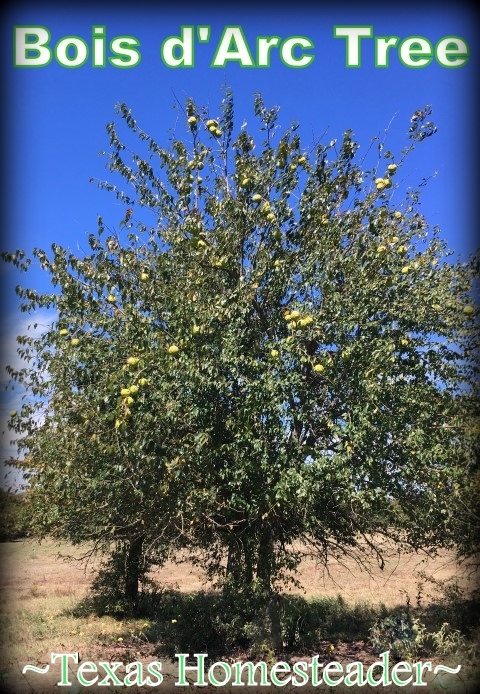
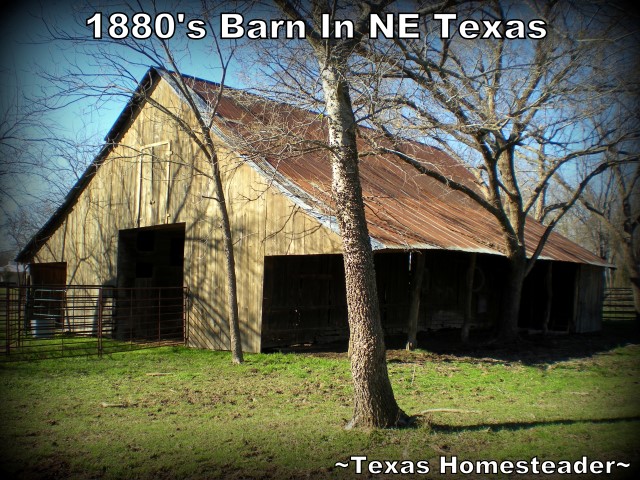
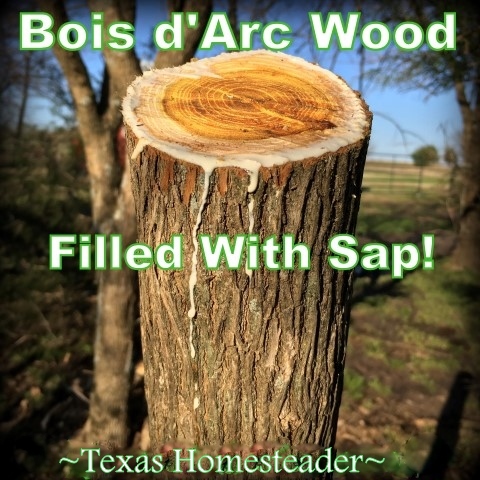
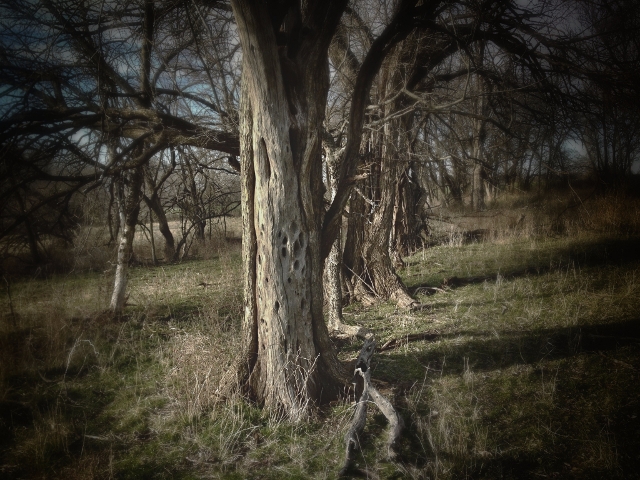
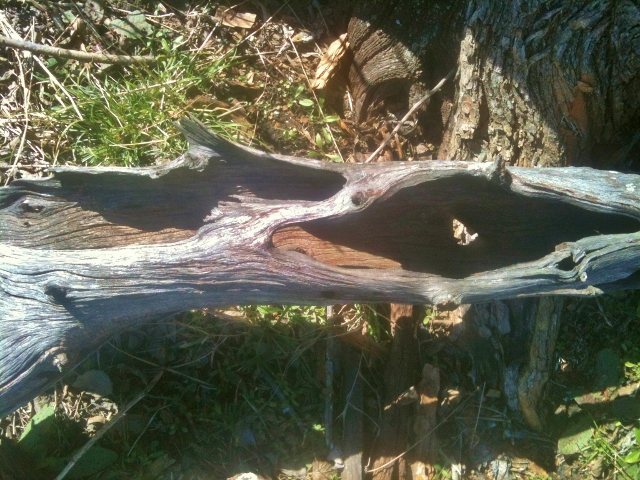
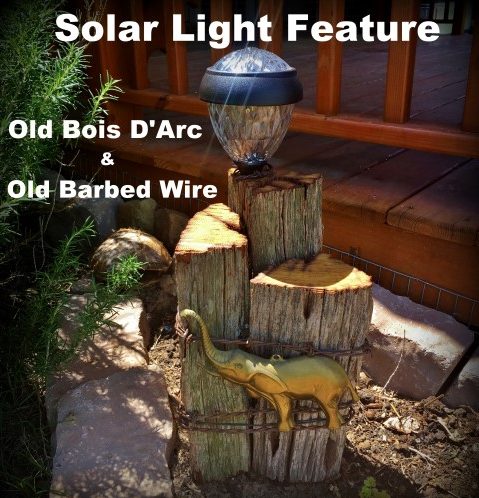
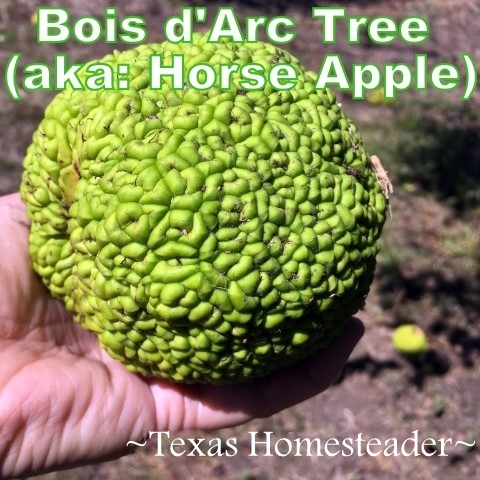
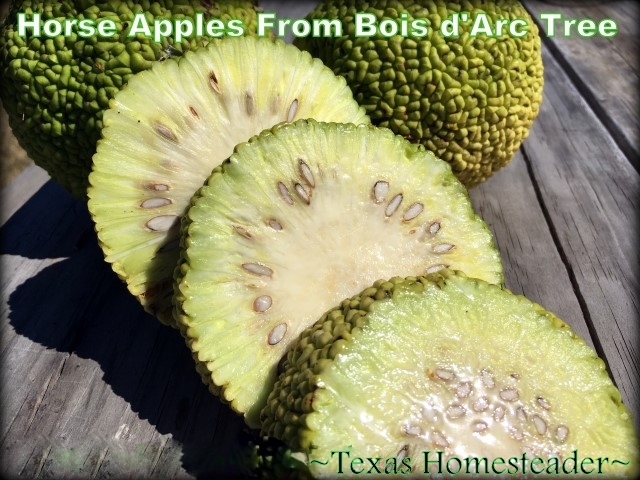
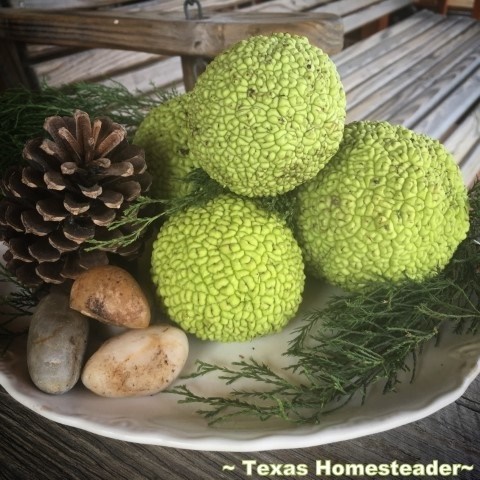


My dad told me he thought Bois D’Arc trees had a cooler shade because when you see cows under shade if there’s Bois D’Arc the cows will be under it instead of other trees
Ya know Delynnis, your dad may be right. I notice that too. The cows do love ’em, and Bois d’Arc trees usually have a dense canopy so it would make sense. ~TxH~
I think that you will find that flies and knats are scarce under a bowdark tree. Cattle really appreciate the relief that they get from those pests. Something about the tree or the fruit acts as an insect repellent.
I’ve heard that as well Gary – that Bois d’Arc fruits act as an insect repellant. And you’re right, I don’t see lots of flies & pests around those trees and the cattle seem to love to lounge around them. ~TxH~
I saved your solar light idea to my Pinterest. While we don’t have any Osage Orange trees on our farm here in SW Missouri, we are in the middle of putting together a seating area with fire pit (No fires with this drought!). This will be a great way to put solar lights out there.
I love the look of old barbed wire and have wrapped a flowerpot with it. This can carry on the theme.
THANKS for the inspiration.
We’ve also made a solar light feature out of cedar so you might check out that as well for ideas if y’all have cedar trees to use instead. (https://texashomesteader.com/cedar-log-solar-light/). I’d love to have a firepit seating area too. We’ve talked about one off and on for years, but it’s just never happened. What a great place it would be to gather! Enjoy. ~ TxH~
I do not have any on my land an plan to plant one. They make a beautiful and interesting tree!
I am new to Texas Bois D’Arc trees and scorpions … I have both in my yard and the scorpions making themselves to home whenever I leave the door open to enjoy the breeze. Do the “oranges” really repel scorpions? I could surely place a few around the outside doors if it will work.
Thanks!
LOL Jo – I hear ya! Regarding scorpion control and Bois d’Arc, I can’t really say. There are many who swear by Bois d’Arc horse apples for repelling spiders and other pests. If you have a Bois D’arc tree in your yard anyway, maybe you can try it out? I don’t use the horse apples that way though, they’re only used decoratively here in the Taylor Household (I think they make gorgeous arrangements!) I typically utilize my free-range chickens to keep our scorpions at bay. The hens freerange during the day, eating insects around the outside of our home, before returning to the coop each night. That typically keeps scorpions out of our house, but we still typically find one scorpion slips into the house each year. They’re promptly dispatched. ~TxH~
We have osage orange trees here in south central illinois; i haven’t seen many of them naturalized in the forested areas around our local rivers, but they grow like weeds in the windbreaks and around the edges of the old farms. I always try to spend a couple of fall days hunting down a few horse apples for my fall decor!
I enjoyed your story on the Bois D’arc trees I have never heard of these trees until I started following your blog.
That honey locust must be the one with the gnarly inch or two inch long thorns. I wouldn’t want to run into those on an innocent hike.
I throw horse apples under my decks to repel scorpions.
You make me miss Texas. I have had a fondness for horse Apple trees since I was a kid. I didn’t learn their real name until I was grown. Thanks for sharing. I enjoyed the memories.
I never heard of these until we moved to Texas. If you look under a lot of the old houses, you’ll find they are built on Bois d’arc log pieces. When I asked someone (a NE Texas native) I was told that when the cut end of it touches land it reacts in such a way that it becomes hard and won’t rot. There must be some truth to it because one of the houses we lived in, in Commerce was built on them and it will be 100 years old in the next decade and they are still holding that house up. I was reading a history of Ladonia, when we lived there, and before barbed wire was invented the seeds of the Bois d’arc were shipped North. They were planted and formed fencing, to keep animals in or out, as the case may be. (Have you seen the thorns?)
Yes, Nancy. So many old homes (and my old barn) are still held up by Bois D’Arc posts. I love ’em. And they do have small thorns, but nothing like the mammoth thorns we’re tormented with from the Honey Locust trees! ~TxH~
When ever we were in Ohio visiting the Birdman’s parents we always stopped at a home/garden/bookstore place that was a heritage site (I think) I had to have a couple of new/used paperback books for the trip back. One year there was a pile of the Osage Oranges free to take so I brought one home and had it on the kitchen window sill for a long time. It shriveled and was a dark color and hard as a rock. It’s off the sill now but in a bowl elsewhere in the house. So many interesting things that exist in this world.
I grew up in SE Texas and don’t remember ever seeing these trees, but went to visit my sister(she lives east of Dallas) and saw them. I was very intrigued by them. So, I did some research. I love the varied names of the tree, the crazy “apples” and that the wood is so wonderful. Thanks for sharing this and reminding me of that wonderful tree.